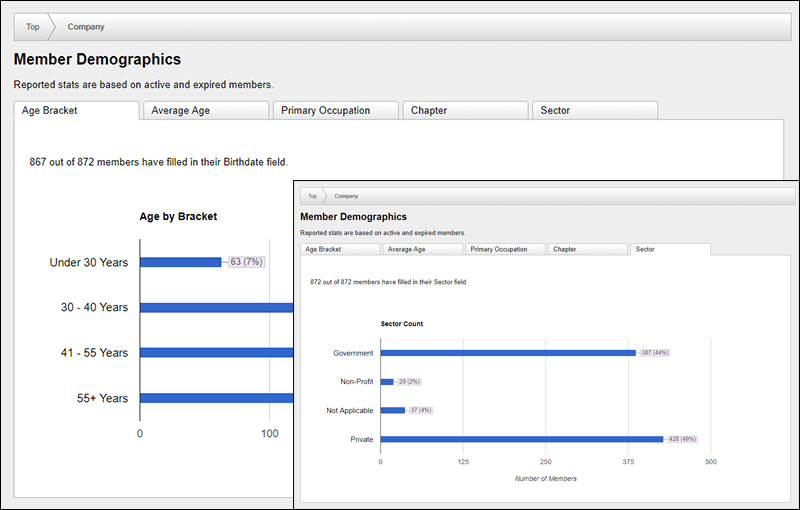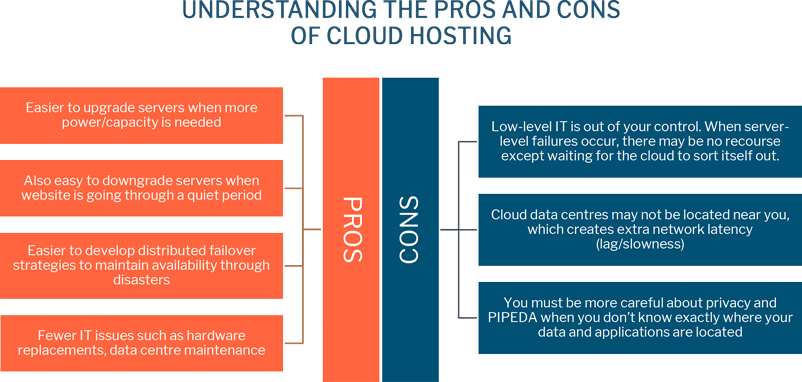Designing websites to work for visitors with disabilities is a complex subject, as there are many different disabilities that must be taken into consideration, each with its own requirements. There is no magic bullet that works for all disabilities.
Consider the seemingly simple task of embedding a video into your site, which you might not otherwise think twice about. Now ask yourself:
- Will a blind person be able to play this video? Is the audio track alone sufficient to convey the important information, or will you need to provide a written description of the visual content for them?
- Will a deaf person be able to watch this video? Are you providing a sign language alternative, or subtitles? Do the subtitles have sufficient contrast against different backgrounds in the video? Are subtitles sufficient to communicate all of the audio information, or should a separate transcription be provided?
- Does the video contain any bright flashing that might be problematic for viewers with epilepsy?
- Does the video have adequate keyboard controls to manage playback, volume, and subtitles?
WCAG (Web Content Accessibility Guidelines) defines the various considerations you should take into account when building your website content. Exware's software is designed to make it easy for you to build accessible websites that adhere to WCAG and other industry standards. But as the video example above shows, you are ultimately in control of your own content. The software platform you use will not magically make your content accessible, and you can break compliance if you are not diligent.
WCAG compliance is not a simple yes/no thing. It is an extremely complicated standard, there are different levels of compliance, and at the highest level of compliance (AAA) it may not even be possible to satisfy all requirements for some types of content. There are many aspects (e.g. accessibility for the blind, for the deaf, for different types of visual impairment, for the motor impaired, for epileptics, etc.). Rather than asking "are we WCAG compliant?", one should start by asking "how accessible are we?" and "which types of disabilities could have trouble using our website?"
Designing a site to work for all types of disabilities is a hard thing to do as that means you must take many different design compromises into consideration. For example:
- Visual content like images and videos need to have alternatives available. Sites that have visually engaging designs may use images and videos for design impact. Are those pieces of visual flair real content? Are they relevant to visitors who experience your website in a non-visual way? How does your visually impactful design translate to a non-visual browsing experience?
- Multimedia elements like video and audio are particularly problematic for some types of visitors. Such content may need to be completely reproduced in alternatives forms such as transcripts, or with sign language translations.
- Organizations often distribute information in document form, such as PDFs or other downloadable files. Since these are not web-specific content, they fall outside of WCAG, and may have their own accessibility issues. This is especially true for documents that are primarily visual in nature, such as brochures, posters, or presentation slides.
- Be careful about delivering content through animations, popups, flyouts, carousels, delayed loads, or other visual effects. Visual effects simply don't translate to non-visual methods of accessing your website. If done incorrectly, that content might be completely inaccessible for some readers. If these special effects affect your navigation (for example, drop-down or dynamic menus) it may prevent visitors from even reaching their destination. You should not only consider the effect on navigation for visually-impaired viewers, but also motor-impaired visitors who can see your web pages and special effects just fine, but may struggle to guide their mouse cursor through your popups and drop-downs.
- Be careful about using font sizes, styles, and colours to convey meaning, as those are all visual alterations that have no corresponding effect in text-to-speech readers. Readers with visual impairments may zoom your text to make it more legible, which will change all of your designer's font size choices. Make sure your design will tolerate such text zooming without breaking. Avoid text styles like bold and italic, which are purely visual, and use semantic equivalents like strong and em (emphasis), which give non-visual browsers some clues how to treat the information. Do not use headings for visual emphasis; declaring a piece of text as a heading will convey completely different information to a non-visual browser. And make sure your use of colour does not adversely affect the ability of colour-blind or visually impaired readers to see your text. Avoid low-contrast colour choices, especially between text and background colours. And make sure your links stand out for people with colour blindness issues, such as by keeping them underlined.
Designing for broad accessibility can put a lot of restrictions on how you design your site and deliver information to your visitors. Many graphic designers do not want to pay this price, because they are by nature visual designers, and broadly accessible designs can come across as comparatively plain (think about government websites, for instance). Many organizations concur, because they want to make an impact on site visitors—which usually means a visual impact. Because of this, you may have to accept some degree of accessibility imperfection if you are set on those visual effects. But with a small amount of care and attention, you can ensure that the imperfections do not break your website for disabled visitors, and that they are still able to access the critical content that they came to find.




 As we enter into a new year, it's a good time for Associations to do a quick audit of 'what is' and make a plan for 2018. Here are some specific things to review:
As we enter into a new year, it's a good time for Associations to do a quick audit of 'what is' and make a plan for 2018. Here are some specific things to review:
 Almost all organizations would like to increase their membership, and according to the
Almost all organizations would like to increase their membership, and according to the

